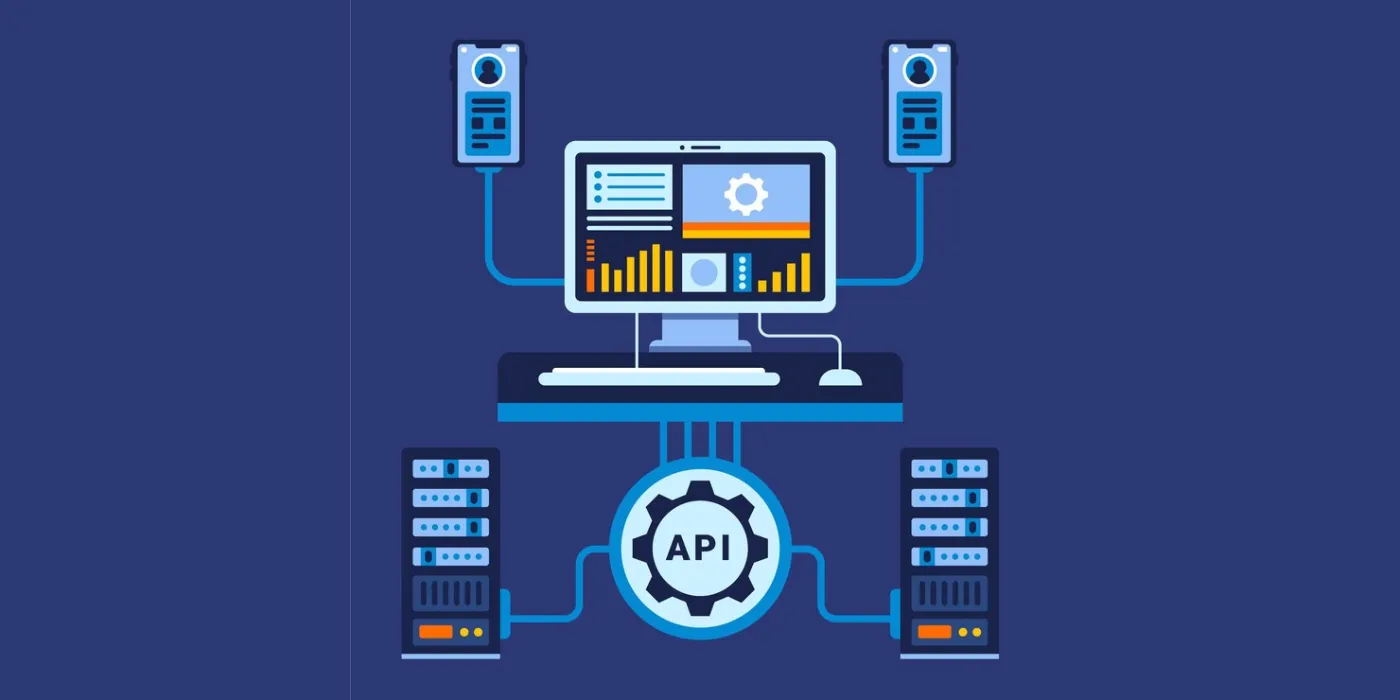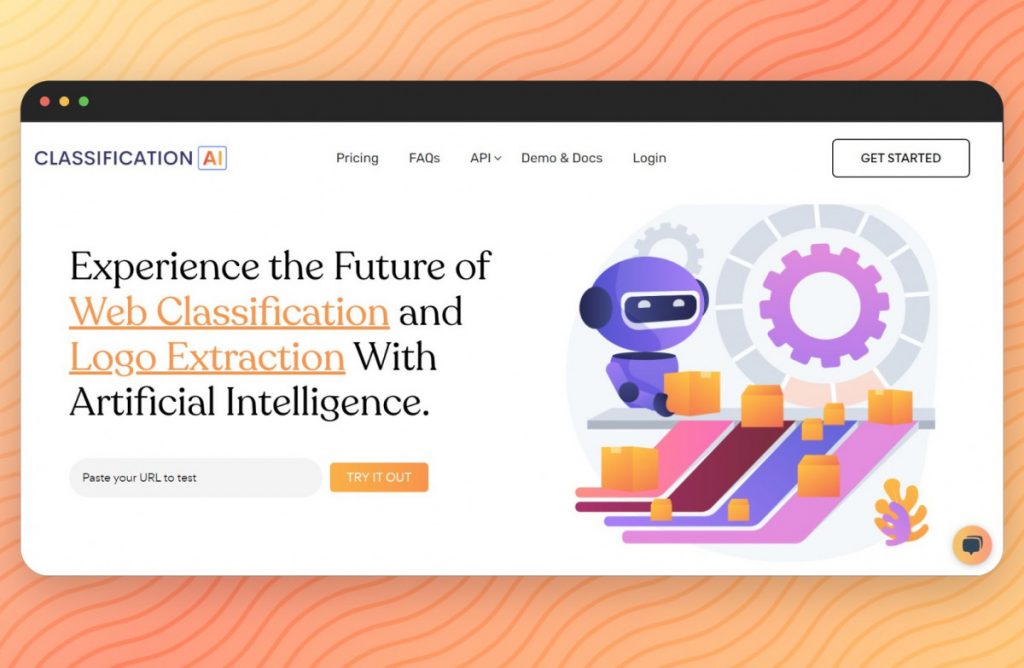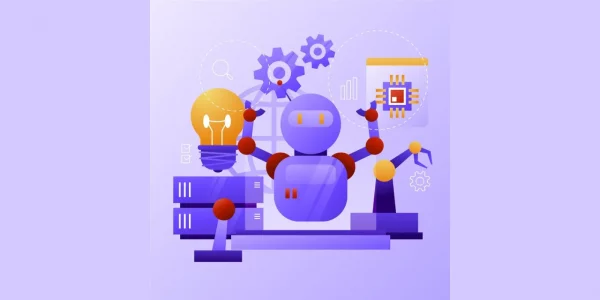In today’s digital age, businesses are constantly looking for ways to improve their online presence and provide a personalized experience to their users. One of the key technologies that enable this is Artificial Intelligence (AI). AI has the ability to analyze vast amounts of data and make intelligent predictions, allowing businesses to automate processes and deliver tailored solutions. One such AI technology that is revolutionizing the web is the AI Classification API.
Understanding AI Classification

AI Classification is a technique used to categorize data into different classes or categories based on specific criteria. It involves training a machine learning model with a set of labeled data and then using that model to classify new, unseen data. For example, in the context of web solutions, AI Classification can be used to categorize products, articles, or user behavior.
The Power of AI Classification API
The AI Classification API is a powerful tool that allows developers to integrate AI Classification capabilities into their web solutions without the need for extensive AI expertise. It provides a simple and efficient way to leverage the power of AI Classification in a scalable and cost-effective manner. Let’s delve into some of the key benefits of using the AI Classification API:
1. Enhanced User Experience
By implementing AI Classification into web solutions, businesses can deliver a more personalized and relevant user experience. For instance, an e-commerce website can classify products based on user preferences and browsing history, enabling them to recommend products that are more likely to be of interest to the user. This not only enhances user satisfaction but also increases the chances of conversion.
2. Efficient Content Organization
AI Classification can be used to automatically categorize articles, blog posts, or any other form of content on a website. This allows businesses to organize their content in a structured manner, making it easier for users to navigate and find relevant information. By leveraging AI Classification, businesses can save time and resources that would otherwise be spent on manual content categorization.
3. Improved Customer Support
The AI Classification API can also be used to classify customer queries or support tickets, enabling businesses to provide more efficient and targeted customer support. By categorizing incoming queries, businesses can automatically route them to the appropriate department or agent, reducing response times and improving customer satisfaction. This not only streamlines the support process but also helps businesses identify common issues and improve overall service quality.
4. Fraud Detection and Security
AI Classification can be a powerful tool for detecting fraudulent activities and enhancing security measures. By training a machine learning model with labeled data representing fraudulent behavior, businesses can use the AI Classification API to automatically classify new transactions or user actions as either legitimate or suspicious. This can help mitigate risks and protect businesses and their users from potential threats.
5. Trend Analysis and Insights
The AI Classification API can also be leveraged to analyze trends and gain valuable insights from large volumes of data. By classifying user behavior or customer feedback, businesses can identify patterns and trends that can inform decision-making processes. For example, an e-commerce platform can use AI Classification to identify popular product categories or analyze customer sentiment towards different brands. These insights can then be used to optimize marketing strategies, improve product offerings, and drive business growth.
How to Implement AI Classification API
Implementing the AI Classification API into web solutions is a straightforward process. Here are the key steps involved:
- Define the Classification Objective: Determine the specific criteria or classes that you want the AI Classification model to predict. For example, if you are building a product recommendation system, the classes could be different product categories.
- Collect and Label Data: Gather a substantial amount of data that represents the different classes you want the model to predict. This data needs to be labeled, meaning each data point is assigned the correct class label.
- Train the AI Classification Model: Use the labeled data to train a machine learning model. This involves feeding the data into the model and adjusting its parameters to optimize its predictive capabilities.
- Integrate the AI Classification API: Once the model is trained, integrate it into your web solution using the AI Classification API. This typically involves making API calls to send new, unseen data to the model and receive the predicted class labels.
- Evaluate and Refine: Regularly evaluate the performance of the AI Classification model and refine it as needed. This may involve adding more labeled data, adjusting model parameters, or exploring different algorithms to improve accuracy and efficiency.
To make use of it, you must first:

- Go to AI Classification API and simply click on the button “GET STARTED” to start using the API.
- After signing up in Classification.ai, you’ll be given your personal API key. Using this one-of-a-kind combination of numbers and letters, you’ll be able to use, connect, and manage APIs!
- Employ the different API endpoints depending on what you are looking for.
- Once you meet your needed endpoint, make the API call by pressing the button “Run” and see the results on your screen.
Conclusion
The AI Classification API is a game-changer when it comes to powering intelligent web solutions. It enables businesses to leverage the power of AI Classification without the need for extensive AI expertise. By implementing AI Classification, businesses can enhance user experiences, organize content efficiently, improve customer support, detect fraud, and gain valuable insights. With the straightforward implementation process, businesses can easily integrate the AI Classification API into their web solutions and unlock the full potential of AI. Embracing AI Classification is the key to staying ahead in the digital landscape and delivering intelligent web solutions that meet the evolving needs of users.
Read More: Real time categorization api for development purposes

